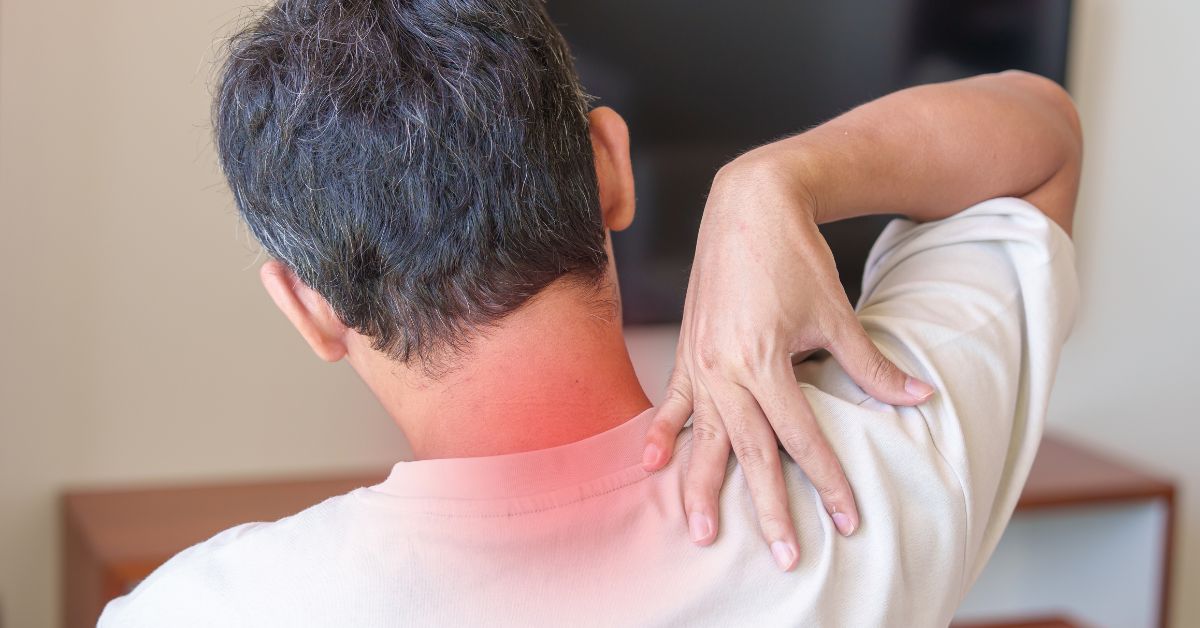

Multiple disorders may affect the normal movement of the human body. These disorders may happen due to a malfunctioning nervous system or genetic reasons. Let us delve deep into one of the significant movement disorders, dystonia, to understand it better and catch the signs early. This blog is a comprehensive guide on dystonia, its symptoms and treatment options.
Dystonia is a movement disorder that creates uncontrollable muscle contractions. The specific body part affected by dystonia twists involuntarily due to the contraction, leading to repetitive motions or strange postures. Dystonia may affect one muscle, a set of muscles, or the entire body. About 1% of people have dystonia, and women are more likely than men to get it.
Symptoms of dystonia may be either very subtle or extremely severe. Different body parts may be affected by dystonia, and the condition’s symptoms frequently change over time. Some early signs are cramping of the foot, involuntary neck spasm, uncontrollable blinking of the eyes or difficulty speaking.
The symptoms may appear or get worse due to stress or exhaustion. Because the muscles constantly contract, people with dystonia frequently complain of pain and tiredness. Usually, it is during early adulthood that dystonia starts manifesting, and it starts in the upper body. Over time, the symptoms gradually develop. Early-onset adult dystonia is segmental or focal, affecting one specific body part or the nearby parts.
When dystonia symptoms manifest in children, it usually shows up first in the foot or hand, but they soon progress to the rest of the body after that.
The majority of dystonia instances lack a clear cause. The basal ganglia, a part of the brain, appear to be the source of dystonia. This part of the brain is in charge of initiating muscular contractions. A glitch in the communication between nerve cells is the cause.
Dystonia can also be symptom of another disease, like:
Primary dystonia or dystonia, which occurs due to an unknown cause, is frequently passed down from parents. Some people who have the condition in the genes may never develop dystonia. Additionally, even among family members, the symptoms can differ significantly.
By the body part they impact, dystonia is categorised into various types. They are:
Based on their patterns, dystonia can also be classed as a syndrome:
Early dystonia symptoms are frequently sporadic, minor, and associated with a particular activity. If you experience involuntary muscle contractions, consult the healthcare provider.
Request an appointment at Apollo Hospitals
The following complications may occur depending on the type of dystonia:
Treatment options for dystonia are numerous, and based on the nature and severity of the dystonia, the doctor may choose the appropriate course of treatment.
Botulinum toxin, popularly known as Botox, is a modern medication. The affected muscle receives an injection of the drug to block the acetylcholine molecule, which causes muscular contractions. Every three months, the injection is administered.
Deep brain stimulation is an alternative for people who have dystonia and are disabled. During deep brain stimulation, an electrode is inserted into a particular section of the brain. A battery-powered stimulator implanted in the chest is then attached to the electrode. To stop muscular contractions, the electrode sends electrical pulses generated by the stimulator to the critical brain area.
Medication can also lessen the signals that lead to dystonia’s excessive muscular contractions. The symptoms of dystonia may also be managed by stress reduction, physical treatment, and speech therapy.
Another choice of treatment is a sensory trick. The muscles may contract less forcefully by applying stimulation to the affected or neighbouring body region. The patients can control their own contractions by simply touching those spots. Applying heat or cold in those spots may also help relieve muscle pain.
Living with dystonia is not easy. The body won’t let the patient move as freely as they used to or do chores like other people. This creates a frustrating situation, and the family and friends of the patient need to be empathetic and supportive of the patient. It is vital to check the underlying cause and seek the proper treatment and coping mechanisms for a better quality of life.
Research is still going on to prove the effectiveness of alternative treatments for dystonia. But yoga, meditation, breathing technique and others may help relieve tension and pain in the body.
Physical therapy, occupational therapy, speech therapy etc., can help ease the symptoms of dystonia.
To diagnose dystonia, the healthcare provider may prescribe blood tests, urine tests, MRI/CT scan, electromyography test or gene testing to determine the cause.
© Copyright 2024. Apollo Hospitals Group. All Rights Reserved.
 +91 8069991061
Book Health Check-up
Book Health Check-up
Book Appointment
Book Appointment
+91 8069991061
Book Health Check-up
Book Health Check-up
Book Appointment
Book Appointment